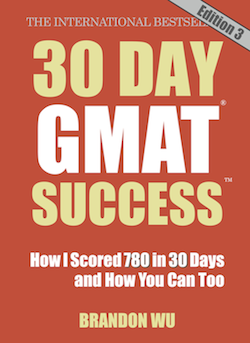How to Match the Answers to the Text in Reading Comp
As you are probably used to hearing me say by now, every reading comprehension answer has to be clearly supported by information in the text. Even when a question is written as a hypothetical scenario, there will be evidence in the passage that supports the correct answer. However, it can be easy to let your mind wander outside of the information in the passage when a question is hypothetical. In today’s post, we’ll practice with two such questions so that we can master good techniques.
The first is question 112 on page 408 of the GMAT Official Guide, 13th Edition. The first step to answering this question correctly is taking the time to articulate the method that the author finds problematic. This is found in lines 7 – 9, which say that we shouldn’t remove a species that might be the keystone species then observe changes in the ecosystem. Now that we have identified the problem, we just have to look through the answers to find an experiment that does just that. Answer C explicitly mentions removing a species and then observing the ecosystem after that species is gone. This is correct.
While the answer to this question may have been relatively easy to identify, you can still look at the other answers to understand the ways in which the GMAT test writers attempt to trap you. Most of the wrong answers discuss topics related to keystone species that are discussed in the passage as well. Answers D and E discuss the influence of different environments on the keystone species, as is discussed in lines 118 – 122. Answer B discusses the possibility of another species occupying the keystone role, as is discussed in lines 27 – 29. On more difficult questions, if you don’t take the time to articulate the author’s position first, you could easily be attracted to one of these distractor answers.
Let’s try one that is more difficult – number 123 on page 413. Here, we need to first articulate the social constructivists’ version of technological determinism. The evidence is tricky to find because of the wording of the paragraph in which we find the answer (lines 25 – 32). You may need to read this paragraph carefully to understand that it does actually give the social constructivists’ version, not the true beliefs of the technological determinists. The constructivists’ version is that machinery imposes forms, and technology directly influences skills and work organization. Answer A is a direct match for that idea. Other answers, like B and C, support Clark, who refutes this version of technological determinism.
If you struggle with this question, remember to wary of answers that are extreme. Answer B uses the word all and answer D uses the word most. Such words are rarely supported by the passage. If you don’t see those extreme ideas expressed in the passage, they aren’t correct.
Image Courtesy of Horia Varlan with Creative Commons License

